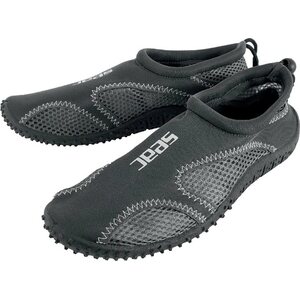
Winter swimming is a good activity, and practical, too, in the sense that at least in Finland, the water temperature is perfect for winter swimming throughout most of the year.
For some people, winter swimming is a MUST in winter, and for the others, it is surprisingly hard. It is true that few people enjoy the feeling when their feet get frozen and stuck in the snow or on the cold ground, and for many people, it is a big problem that their wrists and ankles are freezing and, for that reason, aching, which can make the whole winter swimming thing quite unpleasant.
Even though you don’t need a lot of equipment in order to swim in winter, little things can make the hobby a lot more comfortable.
Don’t worry: you will feel the cold and the freshness authentically, but it is more comfortable and safer if you invest a little bit in the equipment.
1) Shoes
There are many kinds of shoes and socks on the market. For ice swimming, choose tight beach shoes if you only want to prevent slips or your feet from getting stuck on the icy ground. If you also want the beach shoes to be warm, get neoprene socks, too. In this way, you can choose if you want to use the shoes alone, or if you want to wear the socks, too. You can also use the socks alone to add some additional warmth for your feet while swimming.
In addition, neoprene shoes used in diving and surfing are actually a very credible alternative, and my personal favourite.
There are differences in shoe thicknesses (3-6 mm neoprene) and sole composition, varying from light to sturdy, depending on the shoe. Shoes with sturdy soles make it possible to walk on difficult terrain if accessing the swimming spot requires it. It pays to invest in foot comfort because cold muscles don’t work very well after swimming in cold water. If you keep your small stabilizing muscles at a reasonable temperature, it will be more stable and safer to return home from the water.

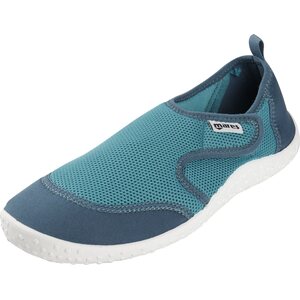
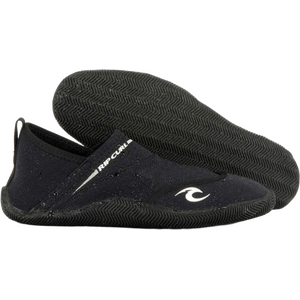
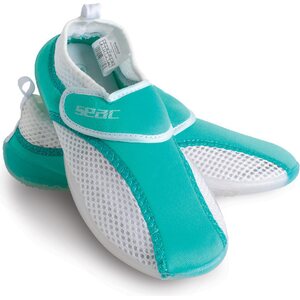
2) Gloves
Gloves, made of neoprene as well, are available in different thicknesses and lengths. The greatest benefit of gloves is that the skin of your hands won’t stick on rails or metal parts of dock ladders when it's freezing. Depending on the thickness and the shape of the glove, you can get more warm material around your wrist if your wrists tend to ache in the ice-cold water.
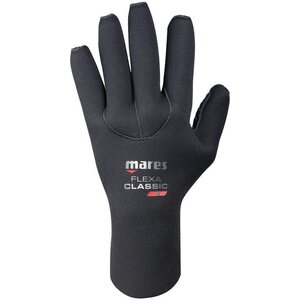
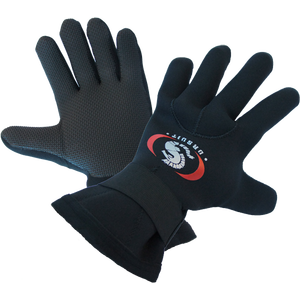
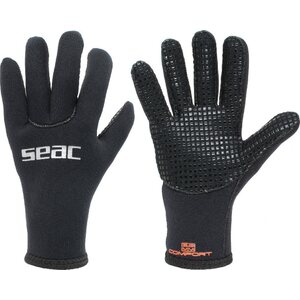
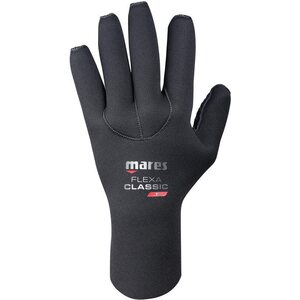
3) A warm hat
Calculating the surface area of the skin of human head, we are speaking about quite a large zone, the cooling of which you need to be aware of. In winter swimming, it is recommended not to put your head under the water and to do the diving in other conditions in order to prevent your head from getting too cold. You can wear a beanie, a trilby or a neoprene ice swimming hat / hood / swim cap, etc. Here are some options for the last three:
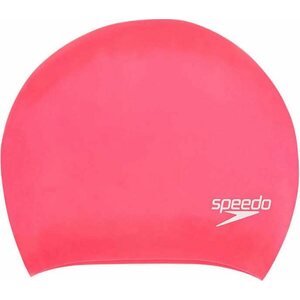
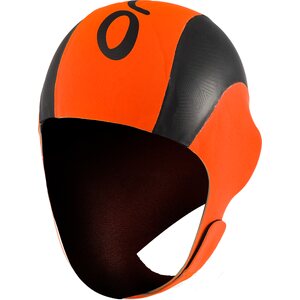

Other
Winter swimming, as fun as it is, is quite a cold thing to do for your body. That is why you should warm up well before swimming in cold water. What would be better than a brisk walk or something like that before a refreshing dip. Avoid everything extreme regarding temperature differences: cool off well after sauna and then go swimming. Smart swimmers also warm themselves before going into the heat of the sauna. You should also listen to your body: how many times are you able to go in the water? Do you have energy? Do you feel hydrated enough? And about the hydration: in winter swimming, it is taken cared of with water, juice, or soda. It is ok to drink beer and other alcoholic drinks, too, but only after swimming, and if you do, remember to drink enough non-alcoholic liquids, too, to balance the eventual dehydration caused by winter swimming (coldness makes body fluids to circulate, also urine, because of which you might dehydrate surprisingly fast).
 评论
评论